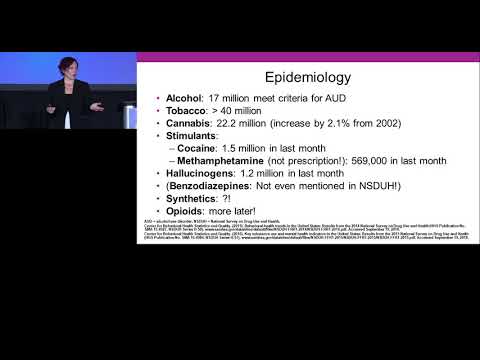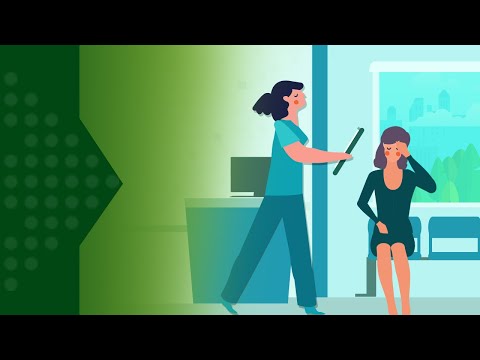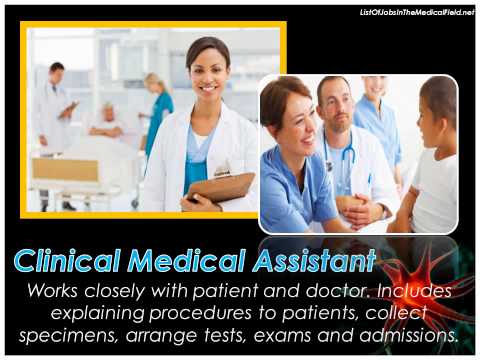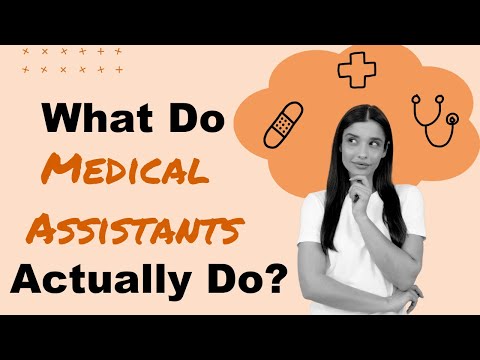Medication Assisted Treatment for Opioid Use Disorder
Contents
- What is Medication Assisted Treatment?
- What are the benefits of Medication Assisted Treatment?
- What are the risks of Medication Assisted Treatment?
- Who is a good candidate for Medication Assisted Treatment?
- How does Medication Assisted Treatment work?
- What are the different types of Medication Assisted Treatment?
- What are the side effects of Medication Assisted Treatment?
- How long does Medication Assisted Treatment last?
- What happens after Medication Assisted Treatment?
- Where can I get Medication Assisted Treatment?
Medication Assisted Treatment (MAT) is considered the gold standard of care for treating Opioid Use Disorder (OUD). MAT involves the use of medication to help manage withdrawal symptoms and cravings, making it easier for people to stick to their treatment plan.
Checkout this video:
What is Medication Assisted Treatment?
Medication Assisted Treatment is the use of medication in combination with counseling and behavioral therapies to treat substance use disorders. Medication Assisted Treatment can help reduce the severity of withdrawal symptoms, relieve cravings, and block the effects of opioids.
There are three FDA approved medications for the treatment of opioid use disorder: methadone, buprenorphine, and naltrexone. Each medication has different benefits and side effects, so it is important to talk to your doctor about which medication is right for you.
Methadone is a long-acting opioid that is taken orally. It binds to the same receptors in the brain as other opioids, but it does not produce the same “high” feeling. Methadone can help reduce withdrawal symptoms and cravings, and it can be used long-term.
Buprenorphine is a partial opioid agonist that binds to the same receptors in the brain as other opioids, but it produces a weaker “high” feeling. Buprenorphine can be used short-term or long-term to help reduce withdrawal symptoms and cravings.
Naltrexone is an opioid antagonist that blocks the effects of opioids. It is typically used after someone has detoxed from opioids and is no longer using them. Naltrexone can help prevent relapse by reducing cravings and preventing the “high” feeling from other opioids.
What are the benefits of Medication Assisted Treatment?
Medication Assisted Treatment (MAT) is an effective treatment for opioid use disorder that uses medication to help people recover. MAT can help to reduce cravings, withdrawal symptoms, and the risk of relapse. It can also help people to regain their health and improve their quality of life.
What are the risks of Medication Assisted Treatment?
There are some potential risks associated with medication assisted treatment (MAT) for opioid use disorder. These include:
-Dependence on the medication
-Overdose (if the patient relapses and takes too much of the medication)
-Interactions with other medications
-Side effects from the medication
However, MAT is generally considered to be safe and effective when used as prescribed. It can help patients reduce their use of opioids, improve their overall health, and prevent overdose.
Who is a good candidate for Medication Assisted Treatment?
There is no one-size-fits-all answer to this question, as the best candidate for Medication Assisted Treatment (MAT) will vary depending on the individual’s unique circumstances. However, in general, MAT may be a good option for people who:
-Have previously unsuccessfully tried to quit using opioids on their own
-Have a strong motivation to quit using opioids but feel like they need help to achieve this goal
-Are struggling with opioid addiction and have significant health risks associated with continued use
-Are experiencing negative consequences in their life due to their opioid use, such as job loss or financial problems
If you are considering MAT, it is important to speak with a medical professional who can assess your individual situation and determine if this treatment option is right for you.
How does Medication Assisted Treatment work?
Medication assisted treatment (MAT) is the use of medications, in combination with counseling and behavioral therapies, to provide a “whole-patient” approach to the treatment of substance use disorders.
MAT is an evidence-based practice that has been shown to be effective in treating opioid use disorders. The goal of MAT is to help patients reduce or stop their use of illicit opioids and to lead productive lives.
MAT Medications
There are three FDA-approved MAT medications: buprenorphine, methadone, and naltrexone. These medications work by binding to the same receptors in the brain as opioids, but they produce different effects.
Buprenorphine binds to the mu-opioid receptor and produces a partial agonist effect. This means that it activates the receptor, but not as strongly as other opioids such as heroin or fentanyl. Buprenorphine also blocks other opioids from binding to the receptor, which prevents them from having any effect.
Methadone works by binding to the mu-opioid receptor and produces a full agonist effect. This means that it activates the receptor just as strongly as other opioids such as heroin or fentanyl. Methadone also blocks other opioids from binding to the receptor, which prevents them from having any effect.
Naltrexone works by bindi
What are the different types of Medication Assisted Treatment?
There are three main types of Medication Assisted Treatment (MAT) for opioid use disorder: methadone, buprenorphine, and naltrexone.
Methadone is a synthetic opioid that is taken orally in liquid form or as a dissolvable tablet. It works by binding to the same brain receptors as other opioids, but it does not produce the same “high.” Methadone is only available through specially certified and licensed clinics, and it must be taken daily.
Buprenorphine is a partial opioid agonist that comes in the form of a sublingual film or tablet. It also works by binding to the same brain receptors as other opioids, but it produces a much milder “high” than full agonists like heroin or methadone. Buprenorphine can be prescribed by any certified healthcare provider who has completed 8 hours of training.
Naltrexone is an opioid antagonist that comes in the form of an injection or an oral pill. It works by blocking the effects of opioids at the receptor level, which prevents people from feeling “high.” Naltrexone can be prescribed by any certified healthcare provider.
What are the side effects of Medication Assisted Treatment?
Most people who start Medication Assisted Treatment (MAT) for opioid use disorder (OUD) report few if any side effects. The most common side effects are mild and include:
-Nausea
-Sleepiness
-Constipation
-Sweating
These side effects usually go away after a few days or weeks. Talk to your doctor or provider if they bother you or do not go away.
Some people may also feel anxious, irritable, or depressed when they first start taking medications for OUD. This is because the medications can change the brain’s chemistry. These feelings usually go away after a few weeks. If they do not, talk to your doctor or provider.
How long does Medication Assisted Treatment last?
Medication Assisted Treatment (MAT) is a treatment approach for opioid use disorder that combines the use of medication with counseling and behavioral therapies. The goal of MAT is to help people reduce or stop their illegal drug use, while also managing their withdrawal symptoms and cravings. MAT programs can last for different amounts of time, depending on the needs of the individual. Some people may only need MAT for a few months, while others may need it for a year or more.
What happens after Medication Assisted Treatment?
After you have completed a course of medication assisted treatment for opioid use disorder, you will need to follow up with your doctor to discuss your progress and next steps. This may include tapering off of the medication, continuing on a maintenance dose, or switching to another medication. You will also need to continue attending counseling and support groups.
Where can I get Medication Assisted Treatment?
Medication Assisted Treatment (MAT) is an evidence-based practice that combines behavioral therapy and medications to treat substance use disorders. MAT is used to treat patients with opioid use disorders and can be provided in inpatient, outpatient, or partial hospitalization settings.
There are many MAT programs available across the United States and you can search for a program near you using the Substance Abuse and mental health Services Administration’s Treatment Locator tool.
When searching for a MAT program, it is important to consider your specific needs and goals. For instance, some programs may specialize in treating certain populations (e.g., pregnant women, people with co-occurring mental health disorders), while others may offer different levels of care (e.g., inpatient, outpatient, partial hospitalization).
In addition, some programs may only offer one type of medication (e.g., methadone), while others may offer a variety of medications (e.g., buprenorphine, naltrexone). It is important to find a program that offers the right combination of services for your needs.
If you need help finding a MAT program near you, you can call the Substance Abuse and mental health Services Administration’s National Helpline at 1-800-662-HELP (4357) for free and confidential information 24/7.







